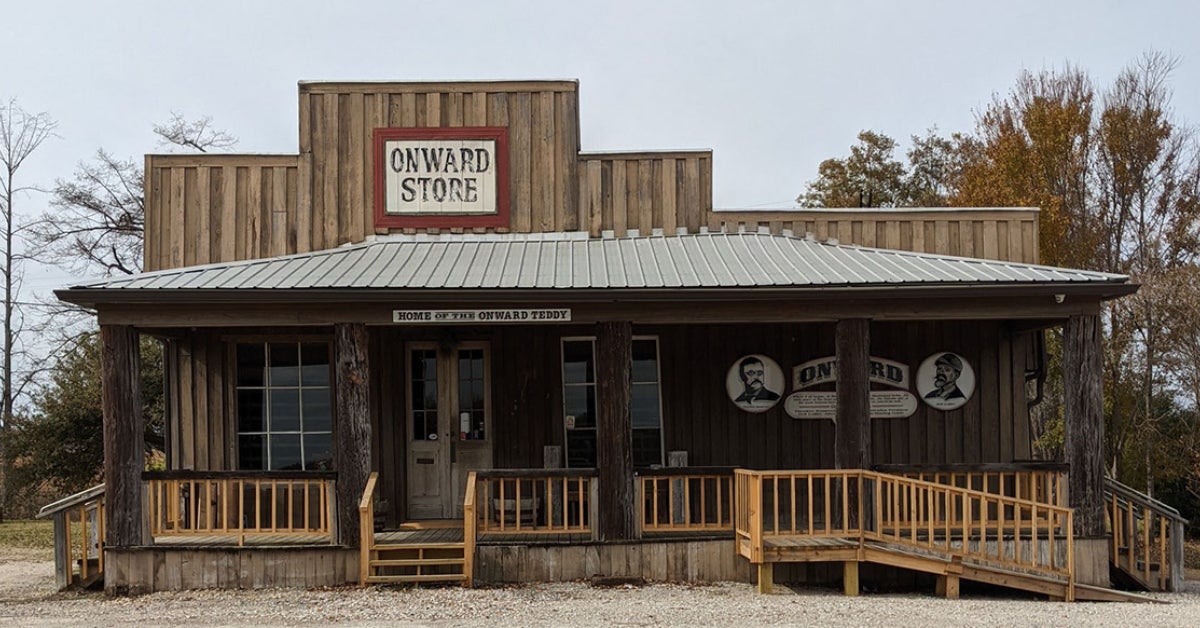Tracking explosives chaotic, local colonel says
Published 12:00 am Monday, November 1, 2004
[10/29/04]The number of ammunition stashes and chaos in the hours after the coalition victory made imposing controls “very, very hard,” an Army Corps of Engineers officer now based in Vicksburg said Thursday.
“It was almost like the war ended too quickly,” said Col. James Rowan, now commander of the the U.S. Army Engineer Research and Development Center.
Rowan spent six months in Iraq before coming to Vicksburg in 2003.
As the U.S. presidential contest edges toward election day Tuesday, President Bush and Sen. John Kerry and their campaigns are locked in charges and countercharges about explosives believed to have been stored at the Al-Qaqaa military installation.
Kerry seized on reports that up to 370 tons of explosives were taken after the fall of Baghdad on April 9, 2003. Bush has responded the ordnance may have been moved before the invasion. Meanwhile, the International Atomic Energy Agency, which conducted prewar inspections, said Iraqis reported 141 tons of RDX explosives at the site in July 2002 and an inspection revealed only 3 tons in January 2003.
“The captured enemy ammunition problem was very, very hard,” Rowan said. “The whole ammo thing, we sort of lost control of it.”
Coalition forces advanced rapidly and while 600,000 tons of Iraqi ammunition was discovered by American troops and has been documented, Rowan, speaking at the Vicksburg Rotary Club chaos followed the American victory.
“The country had a moment of insanity,” he said. Widespread looting gripped the country and securing every site became impossible.
Too, he said, there are 6,000 different sites, ranging from big warehouses to small mosques, used to store ammunition.
“Every one of those required security on it,” said Rowan. And they had to be dressed in battle fatigues because, he said, the leader of the Corps had mandated that all military personnel wear battle dress to remind people that the county is at war.
Even including contract and coalition troops in addition to American GIs, there were still not enough soldiers to guard every spot, he said.
“There’s probably ammo you could find unsecured every day,” he said.
ERDC is a combined research campus where employees plan and study military and civilian problems ranging from flood control to real time battlefield engineering.
Disposing of ammunition is tricky, he said. Limits of manpower, time and explosives make it inefficient to simply blow up every stash that is found, Rowan in an interview. It has to be stacked in a certain way and requires extra explosives.
“You need trained explosives personnel to detonate all these charges,” he said. Usually this had to be done in a central place for efficiency’s sake. This involved transporting highly dangerous materials an additional complication for the troops.
The responsibilities of the Corps of Engineers in Iraq didn’t end with disposing of enemy ammunition.
The rebuilding efforts are so elaborate that the Corps has established a provisional division in Iraq with three centers of operations and one in Afghanistan. Rowan estimated the division would remain in Iraq for at least five years. The last time the Corps installed a provisional district was in Saudi Arabia in the early 1990s.
The Iraq division is comprised of mostly civilians, with 17 or 18 volunteering from Vicksburg, he said.





